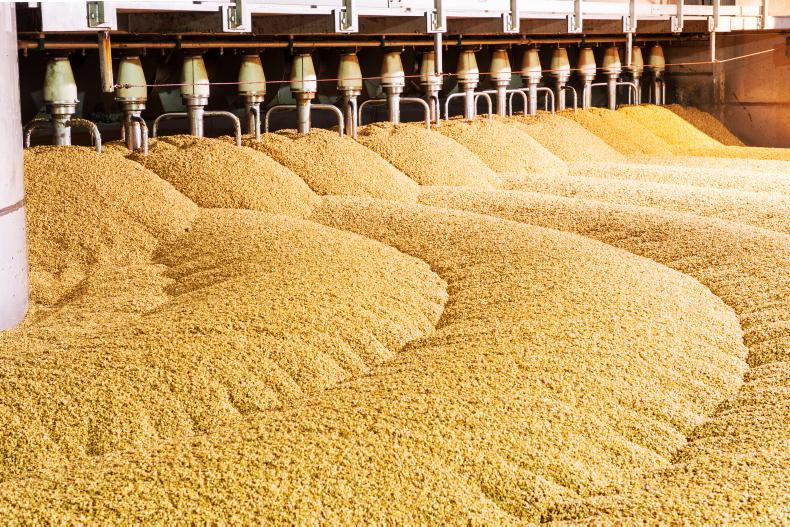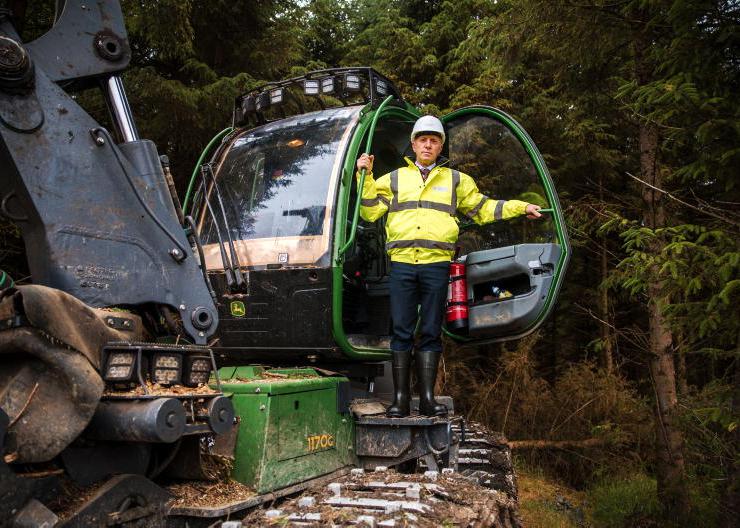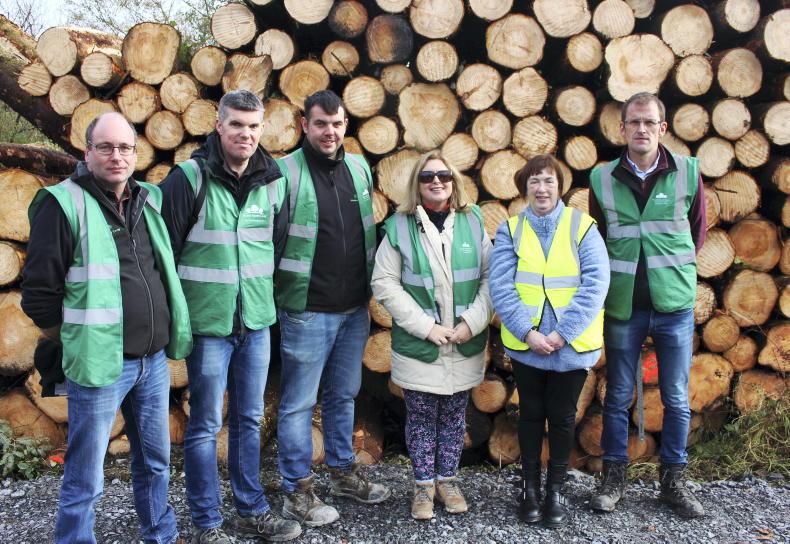Using Irish timber products in construction, packaging and energy rather than fossil fuel alternatives could create carbon emissions savings equivalent to taking almost 1.35 million cars off Irish roads, according to a study commissioned by Coillte.
The study has demonstrated how scaling up Irish forests and domestic wood products will contribute to Ireland’s climate action targets.
The total 'displacement effect' of using domestic forest products is estimated at 3.7m tonnes of CO2 per year, which corresponds to about 6% of total annual Irish greenhouse gas emissions.
Emissions avoided
Former director of climate, energy and tenure at the UN Food and Agriculture Organisation Dr Peter Holmgren led the study on behalf of Coillte.
He reports to have calculated the level of emissions avoided from fossil-based products by substituting them with wood-based products and that in Ireland’s case this is 3.7m tonnes of CO2.
Commenting on the report, director of Forest Industries Ireland (FII) Mark McAuley said: “Not alone are the forests we grow absorbing carbon dioxide from the atmosphere, but the products we produce from our forests have a major impact in displacing carbon-intensive products across our economy.”
Undervalued
McAuley said that, to date, this contribution has been undervalued and “we need to properly understand it if we are to make the correct decisions in Irish forest policy”.
He described how “productive forests” and the products they produce make a “triple contribution” to climate change, including the absorption of carbon as they grow, the “locking away” of this carbon in timber products and the displacement of products that are emitting lots of CO2 in their manufacture.
“The report demonstrates the significant contribution of wood products and points to the need to increase the use of renewable forest products to displace carbon-intensive products in construction and packaging, as well as fossil fuels."
He said forests are “the most scalable of climate change solutions” and one of the most cost-effective ways for the world to deal with its harmful emissions.
Read more
Forestry stakeholders outline their wishlists for 2022
Using Irish timber products in construction, packaging and energy rather than fossil fuel alternatives could create carbon emissions savings equivalent to taking almost 1.35 million cars off Irish roads, according to a study commissioned by Coillte.
The study has demonstrated how scaling up Irish forests and domestic wood products will contribute to Ireland’s climate action targets.
The total 'displacement effect' of using domestic forest products is estimated at 3.7m tonnes of CO2 per year, which corresponds to about 6% of total annual Irish greenhouse gas emissions.
Emissions avoided
Former director of climate, energy and tenure at the UN Food and Agriculture Organisation Dr Peter Holmgren led the study on behalf of Coillte.
He reports to have calculated the level of emissions avoided from fossil-based products by substituting them with wood-based products and that in Ireland’s case this is 3.7m tonnes of CO2.
Commenting on the report, director of Forest Industries Ireland (FII) Mark McAuley said: “Not alone are the forests we grow absorbing carbon dioxide from the atmosphere, but the products we produce from our forests have a major impact in displacing carbon-intensive products across our economy.”
Undervalued
McAuley said that, to date, this contribution has been undervalued and “we need to properly understand it if we are to make the correct decisions in Irish forest policy”.
He described how “productive forests” and the products they produce make a “triple contribution” to climate change, including the absorption of carbon as they grow, the “locking away” of this carbon in timber products and the displacement of products that are emitting lots of CO2 in their manufacture.
“The report demonstrates the significant contribution of wood products and points to the need to increase the use of renewable forest products to displace carbon-intensive products in construction and packaging, as well as fossil fuels."
He said forests are “the most scalable of climate change solutions” and one of the most cost-effective ways for the world to deal with its harmful emissions.
Read more
Forestry stakeholders outline their wishlists for 2022









SHARING OPTIONS